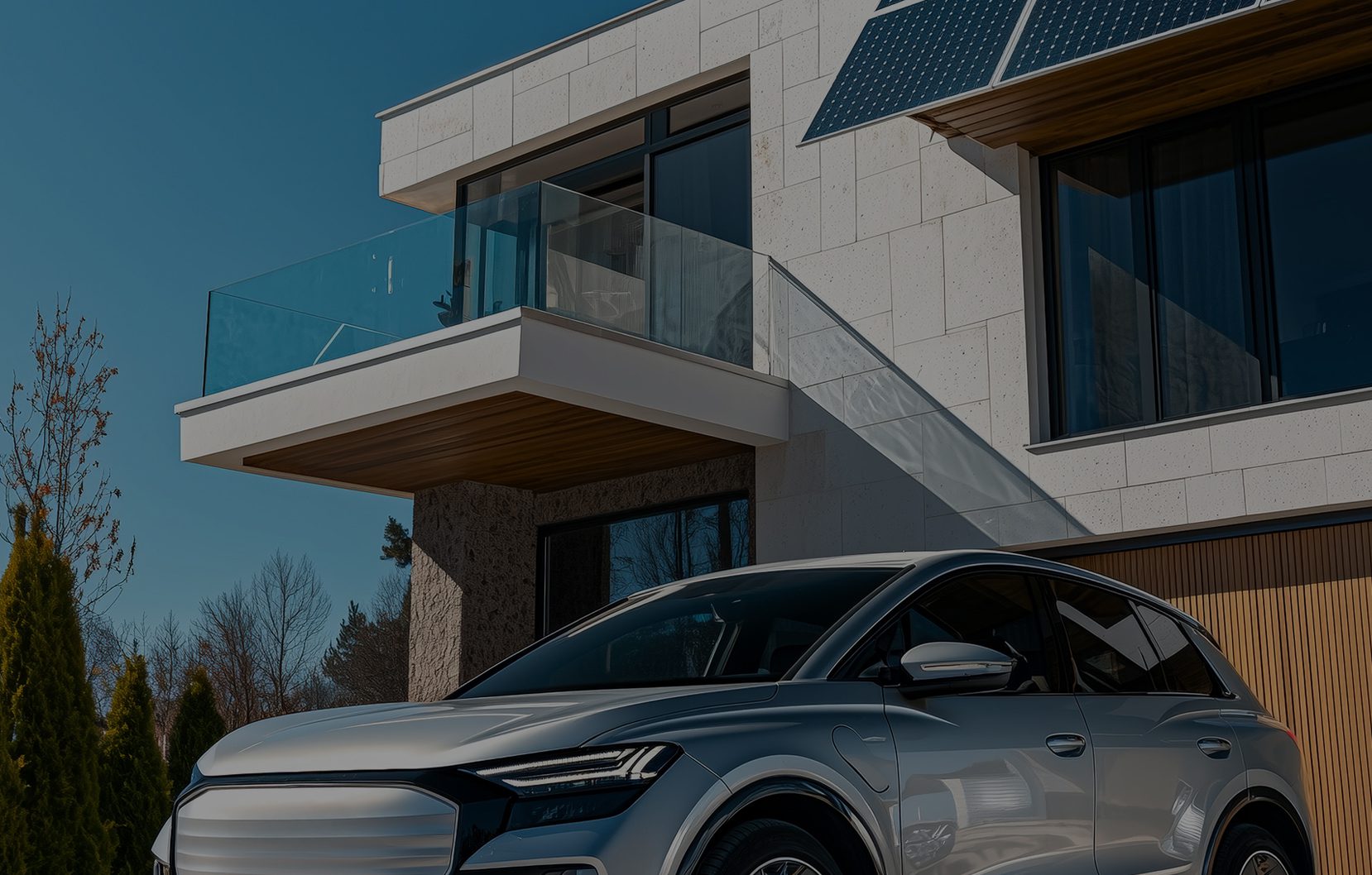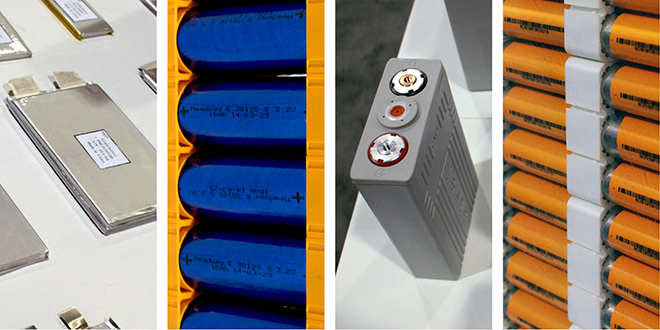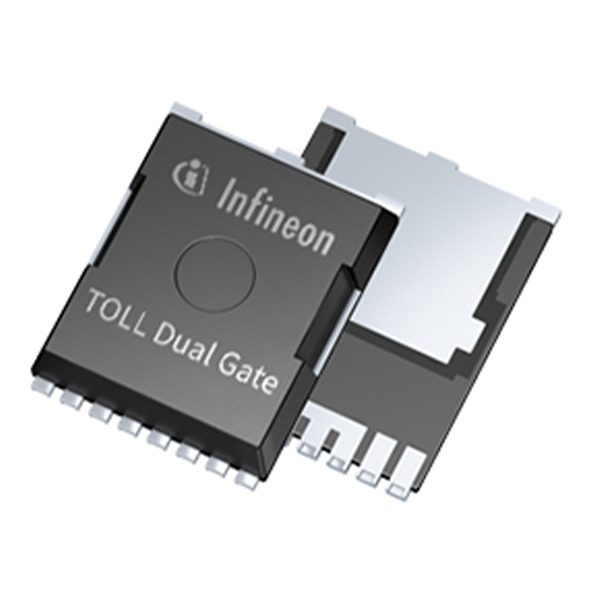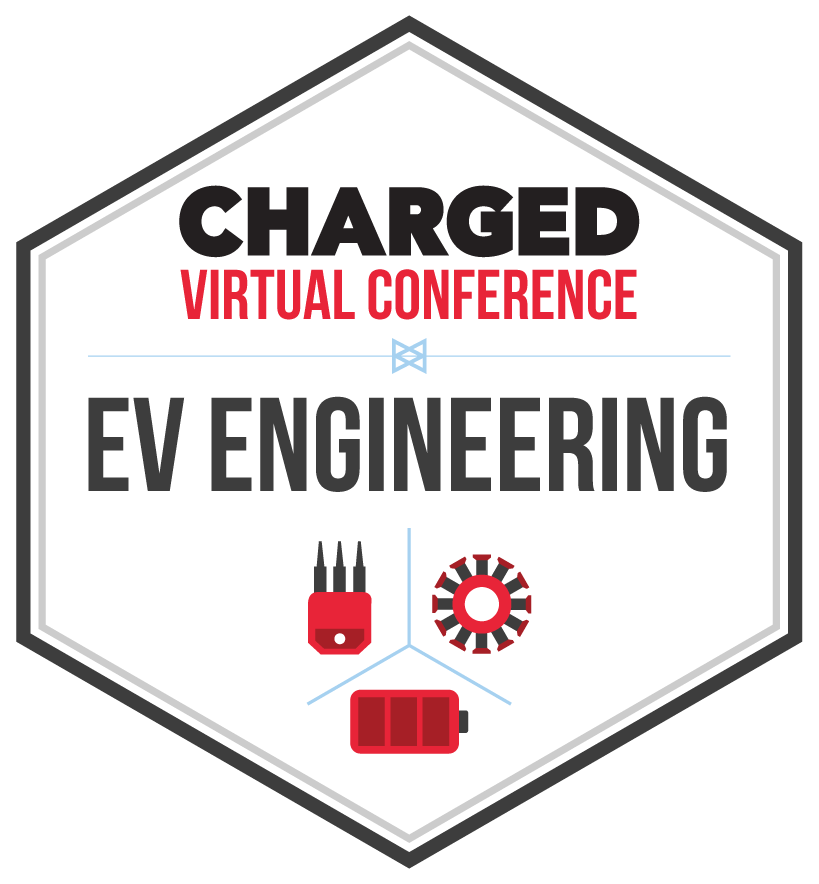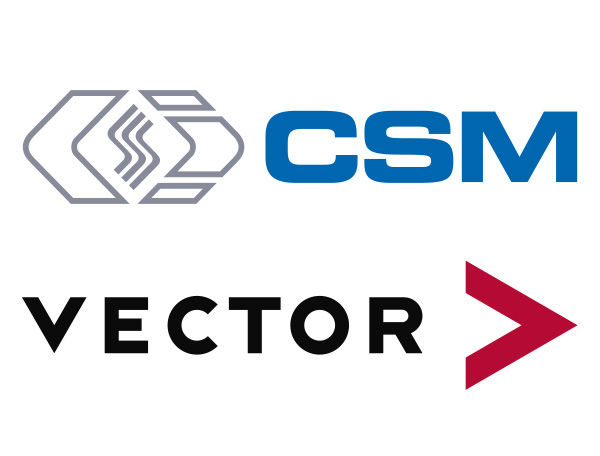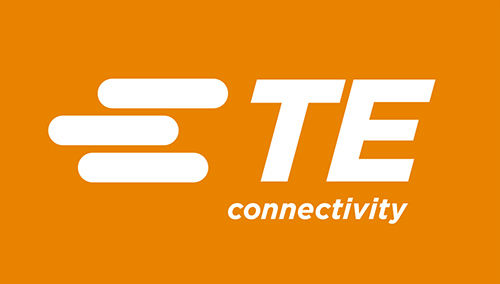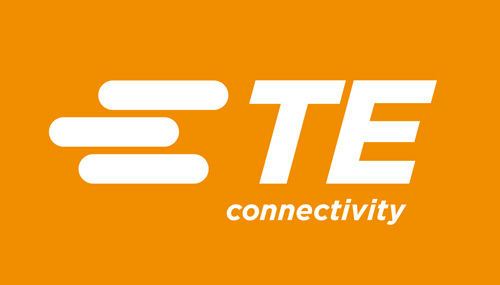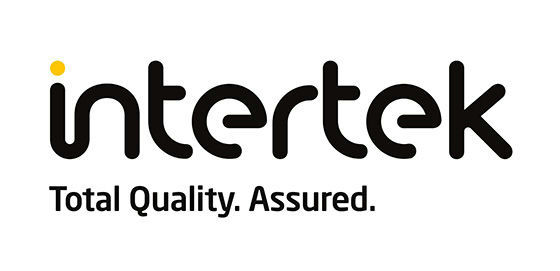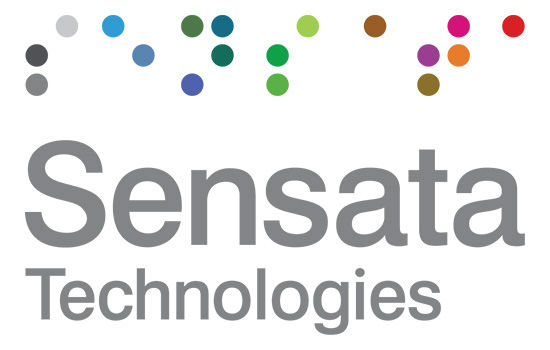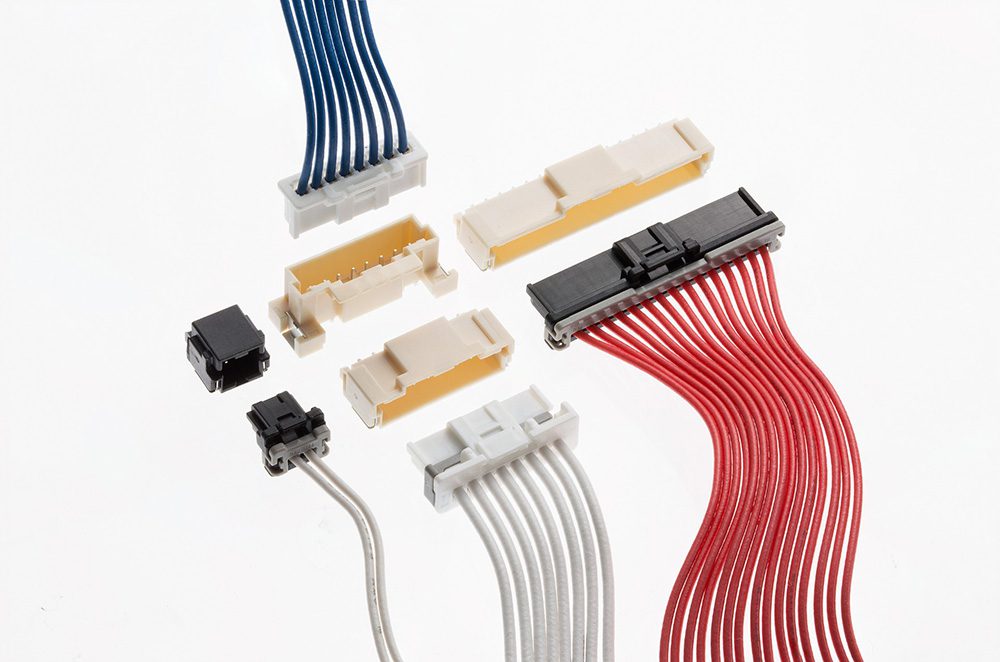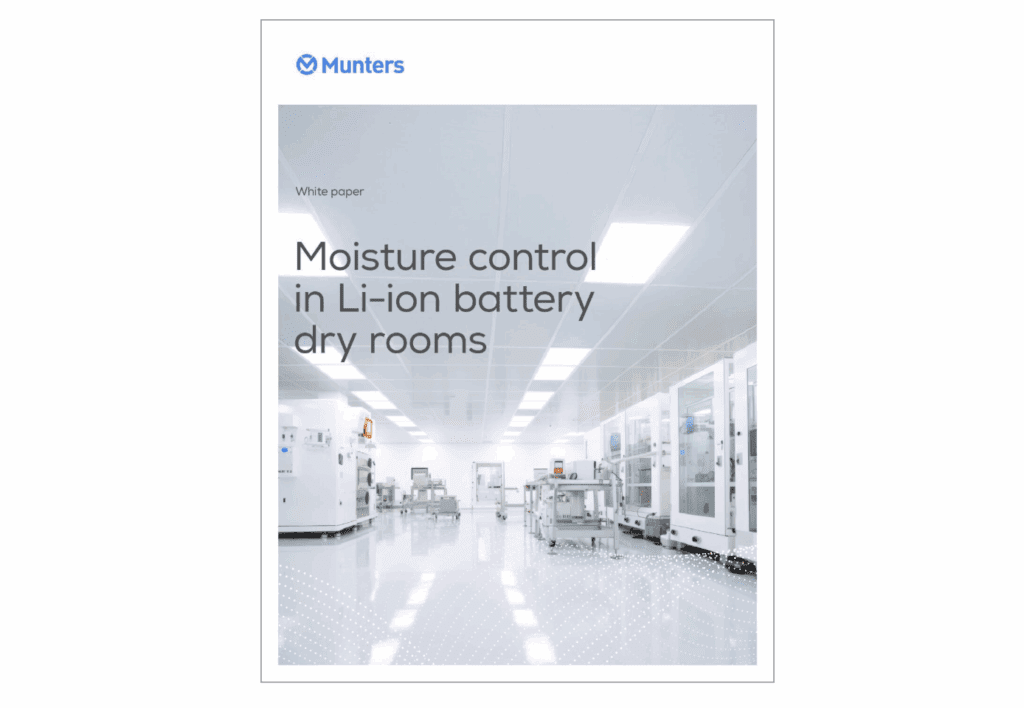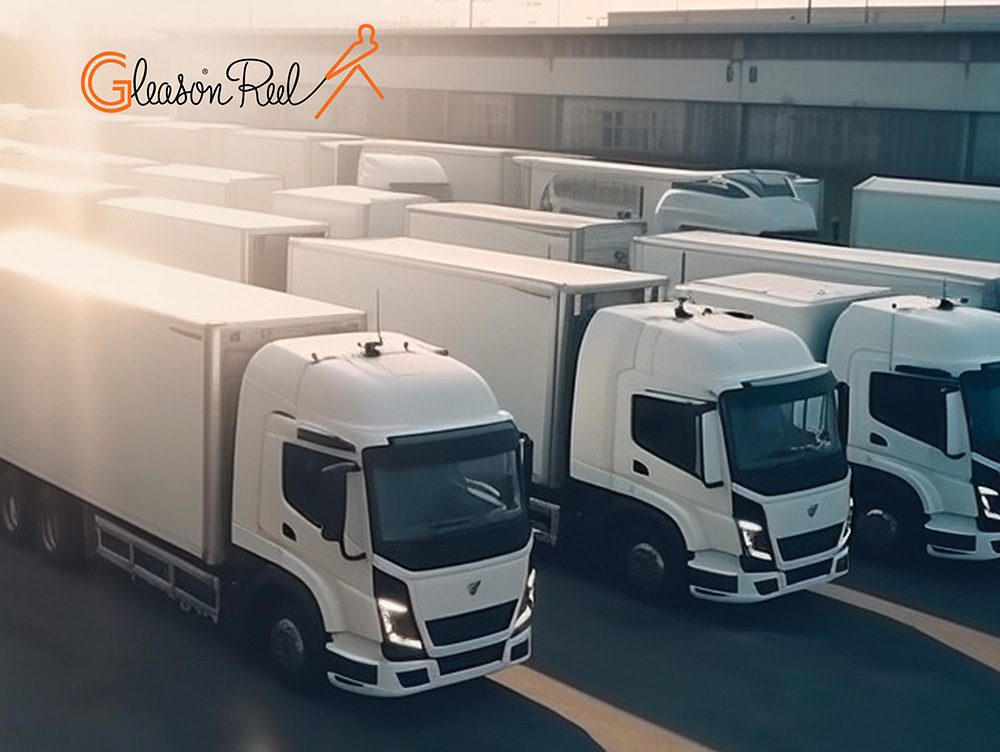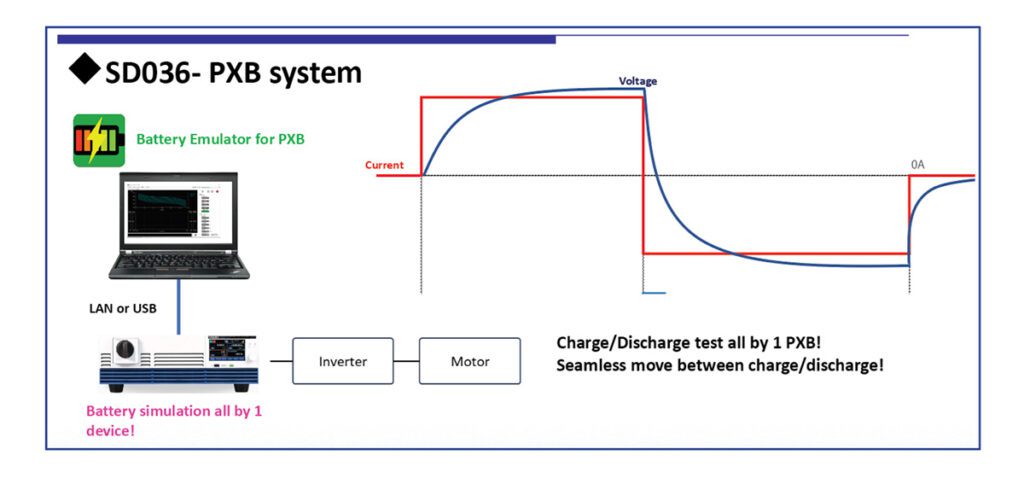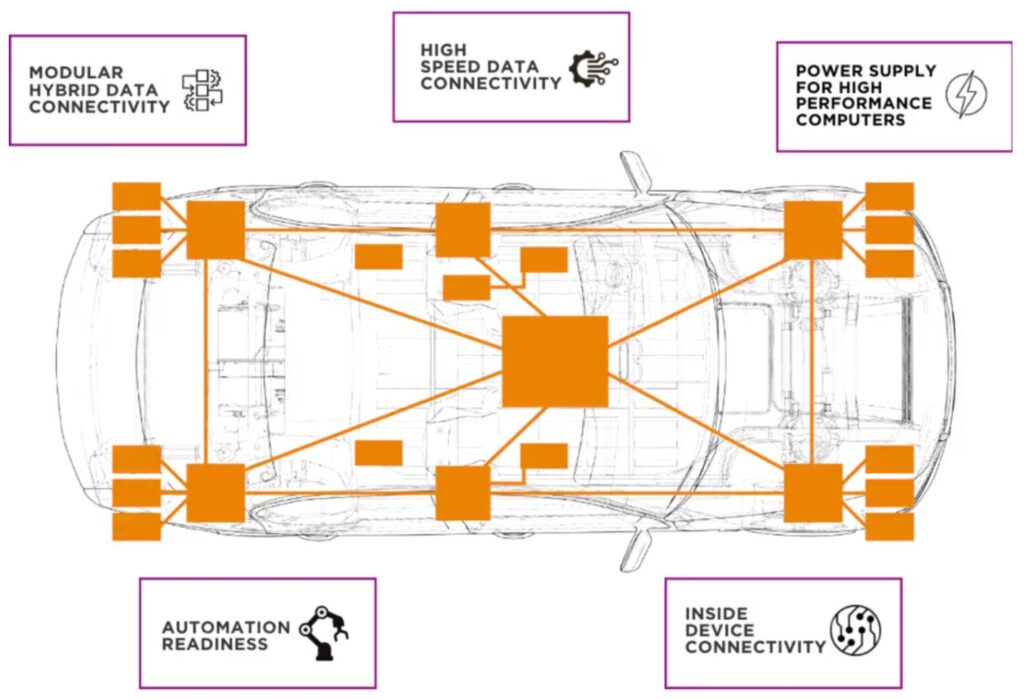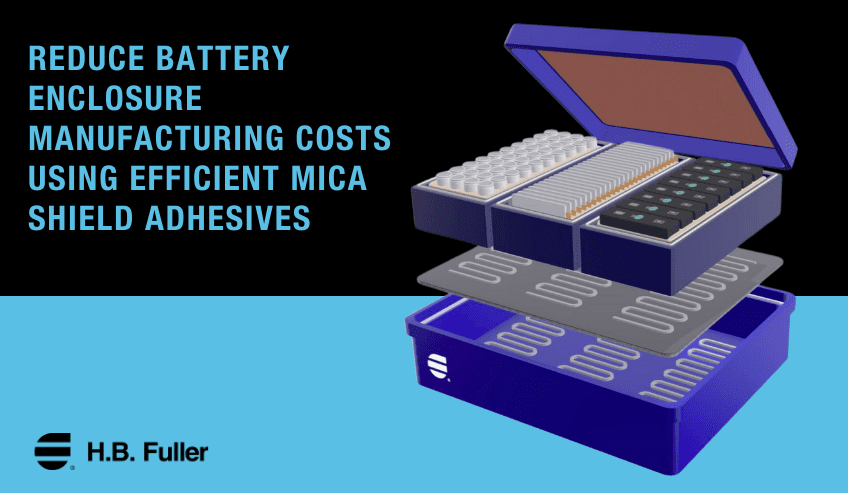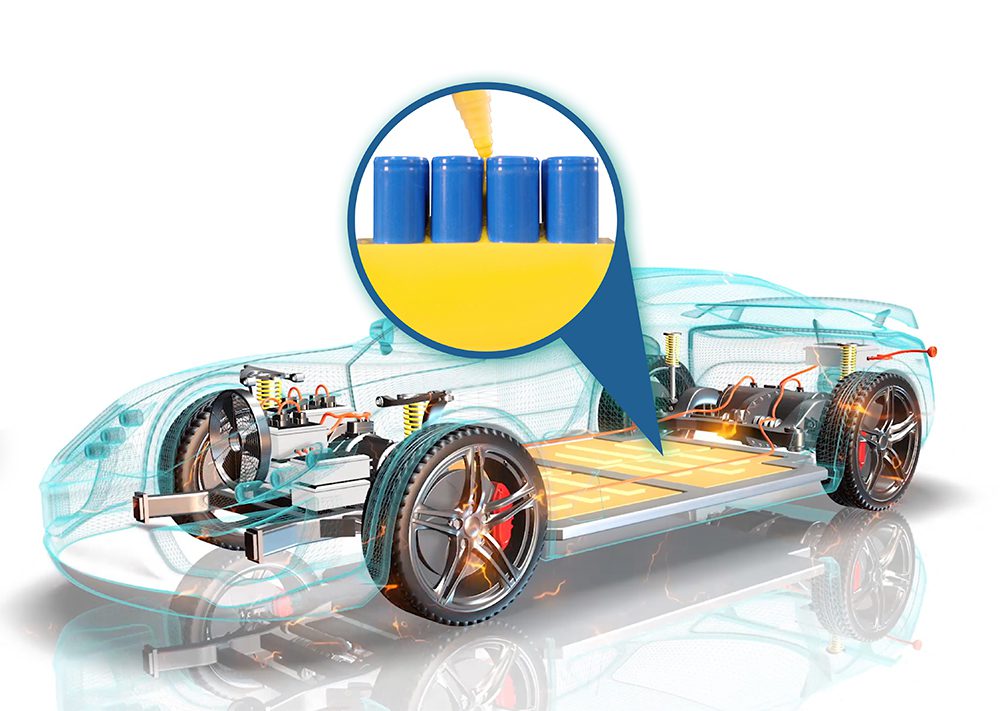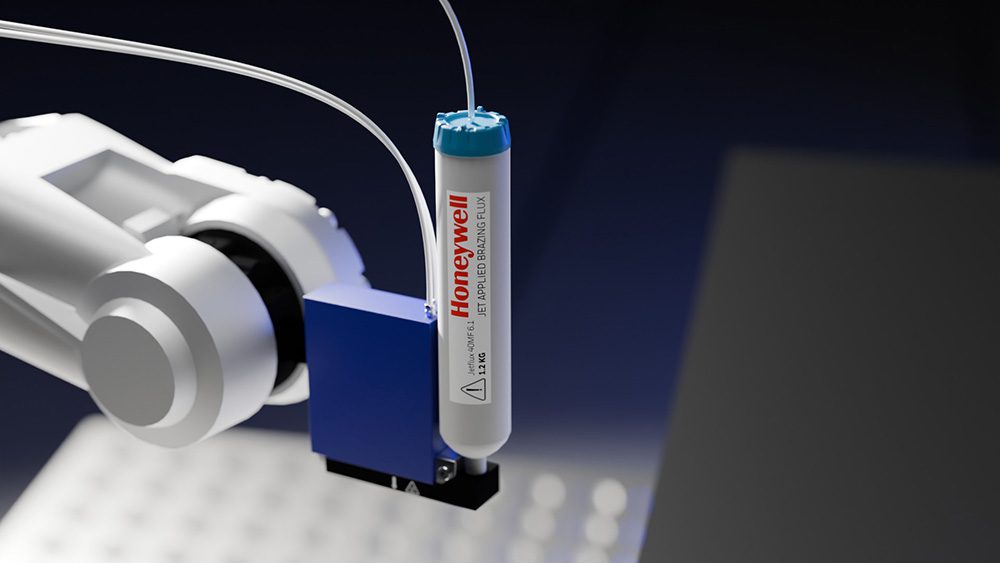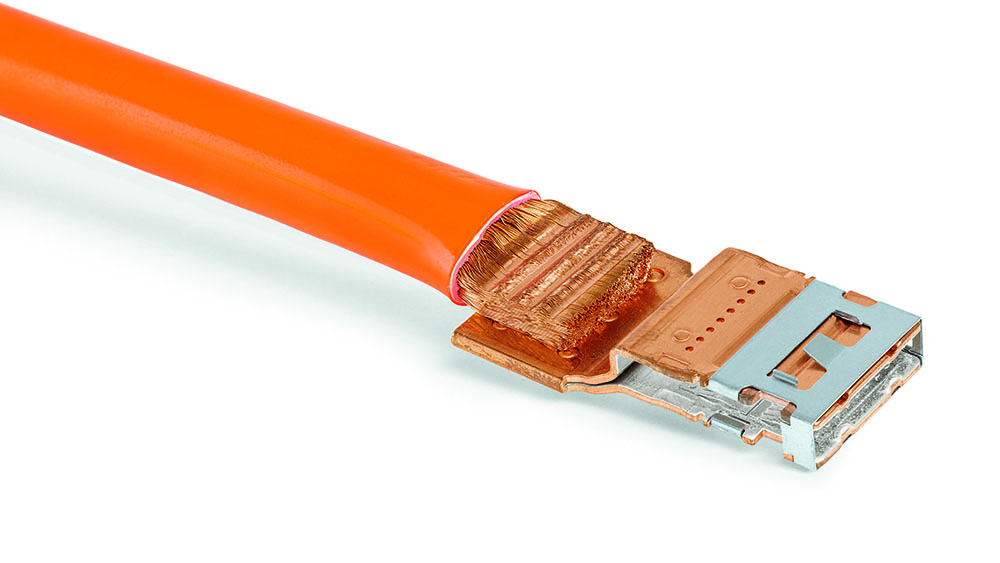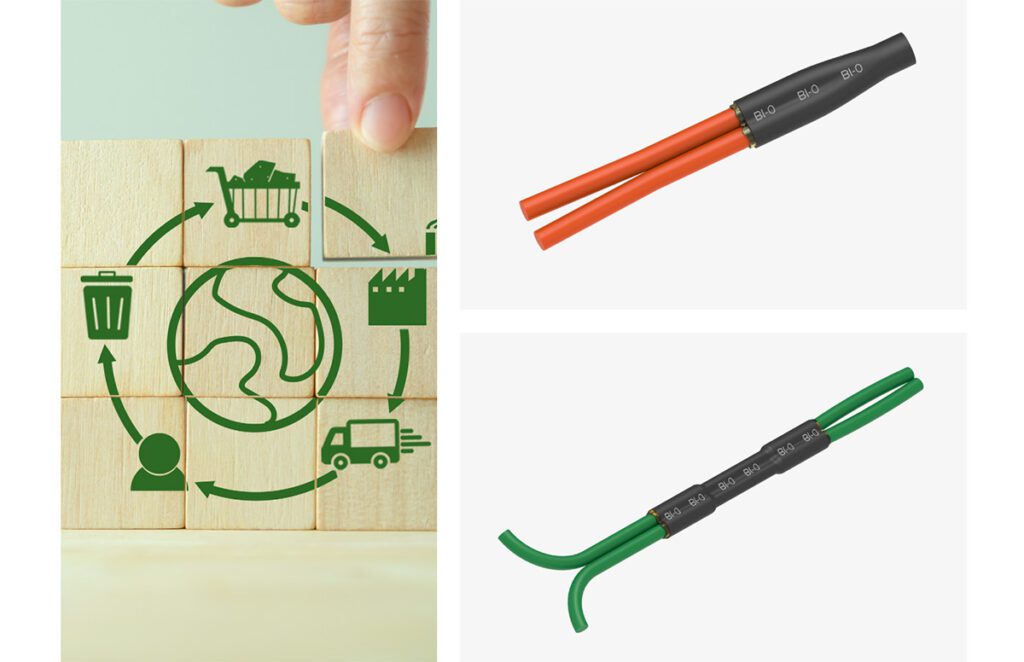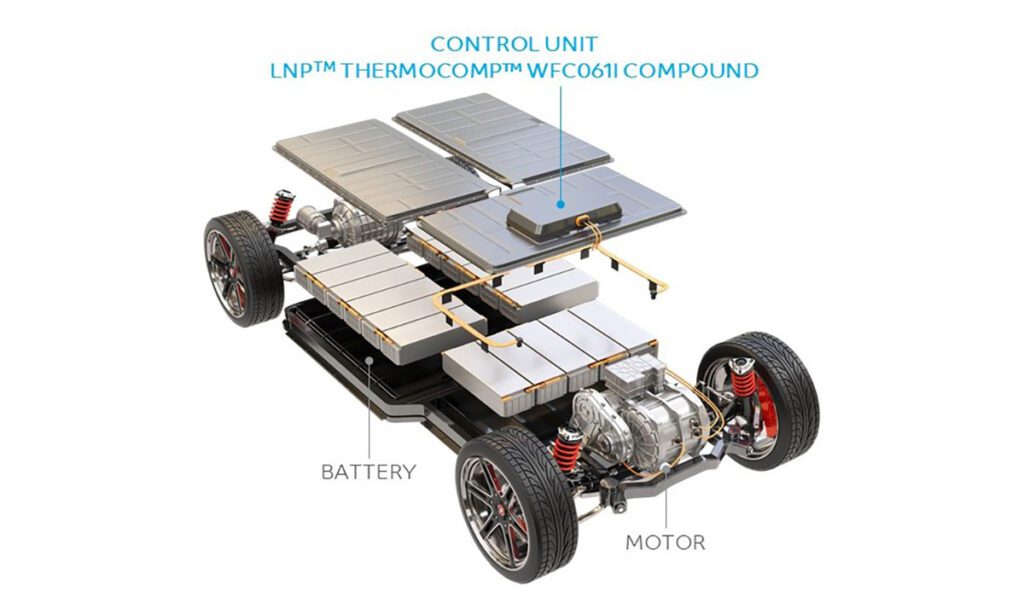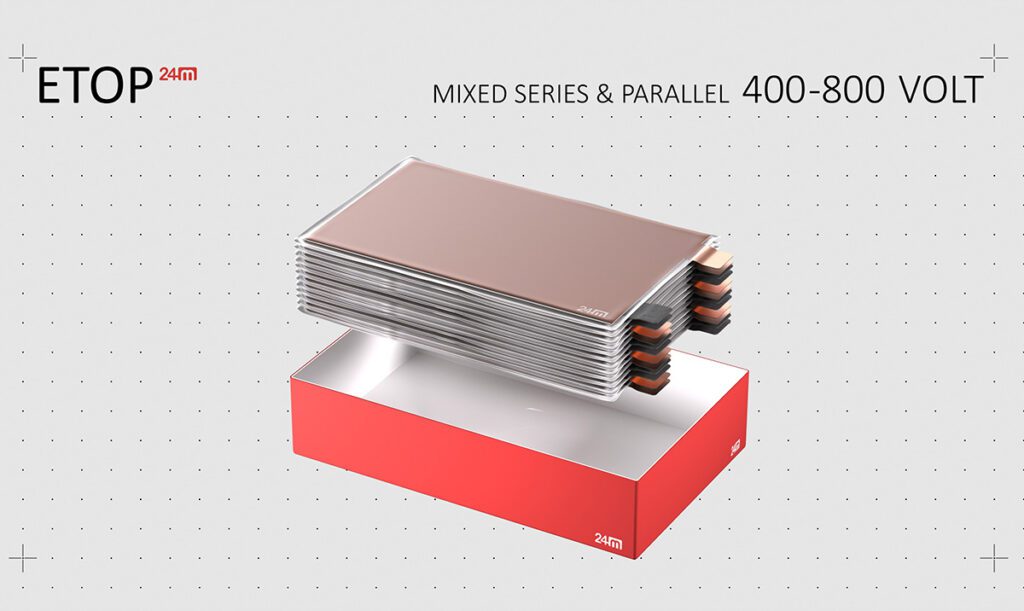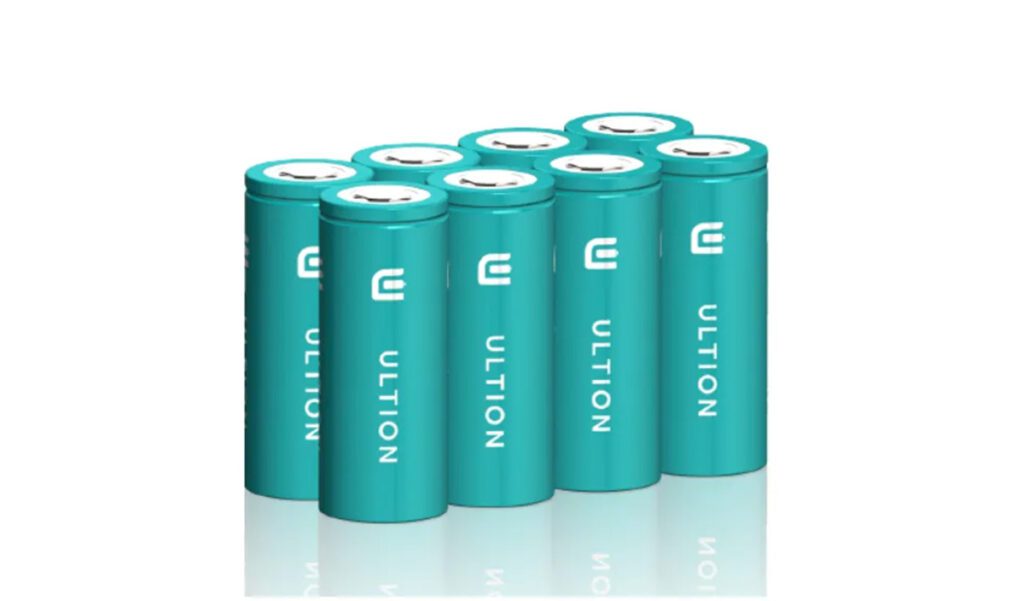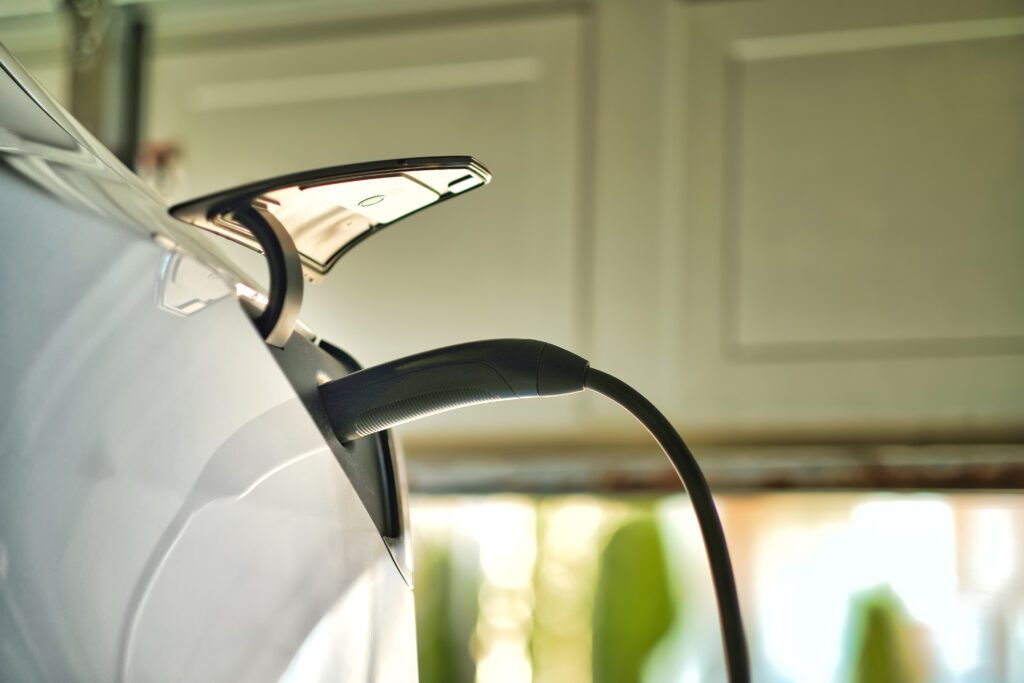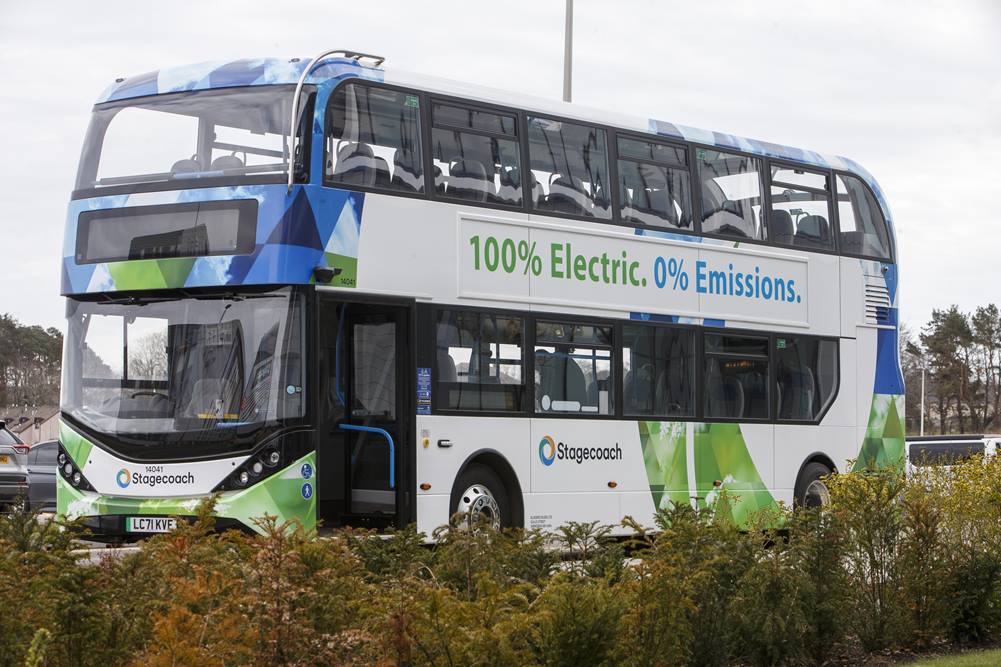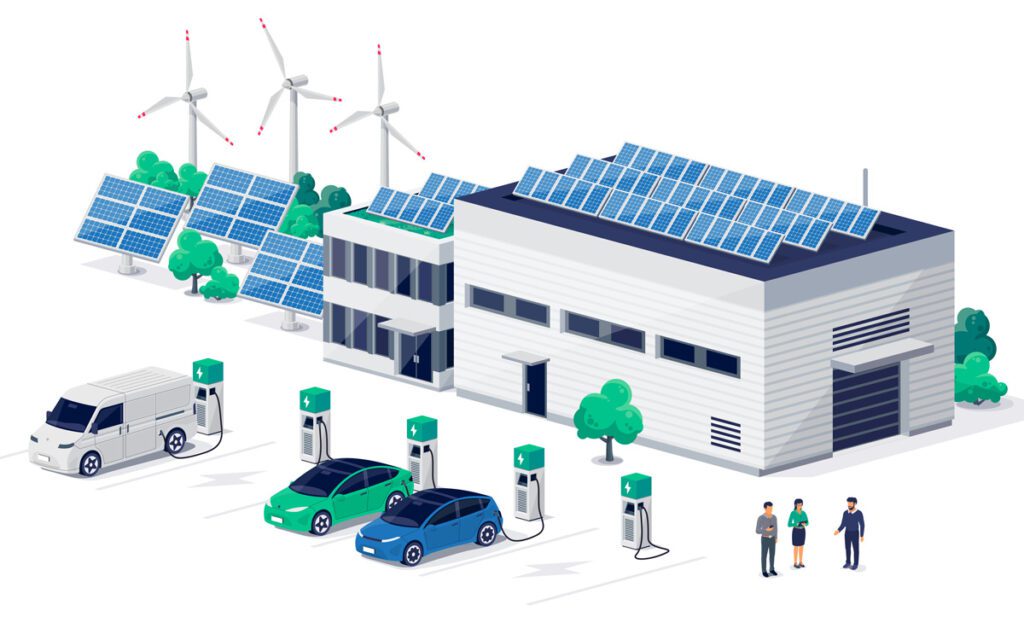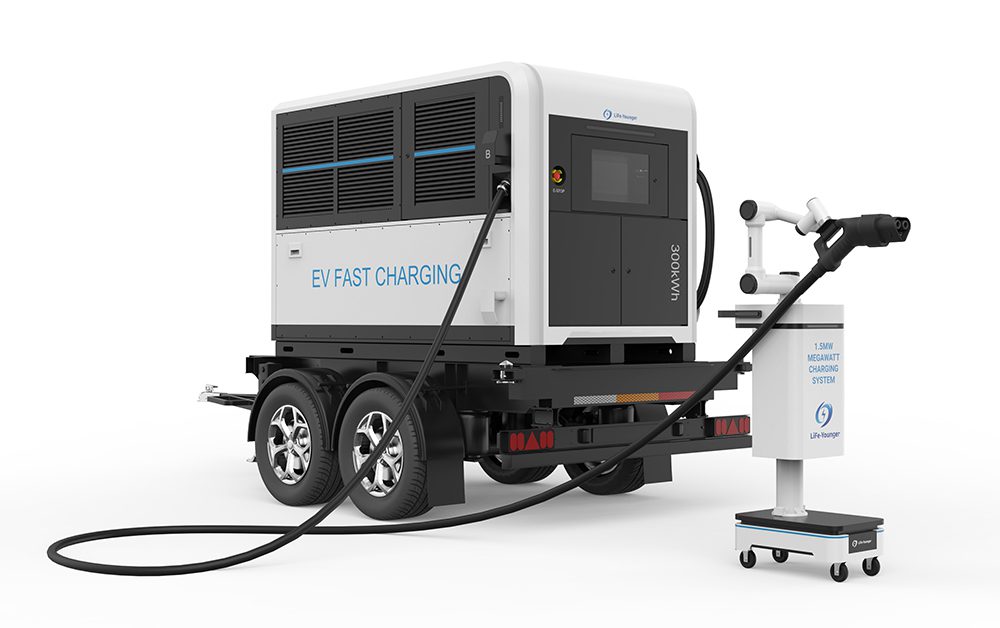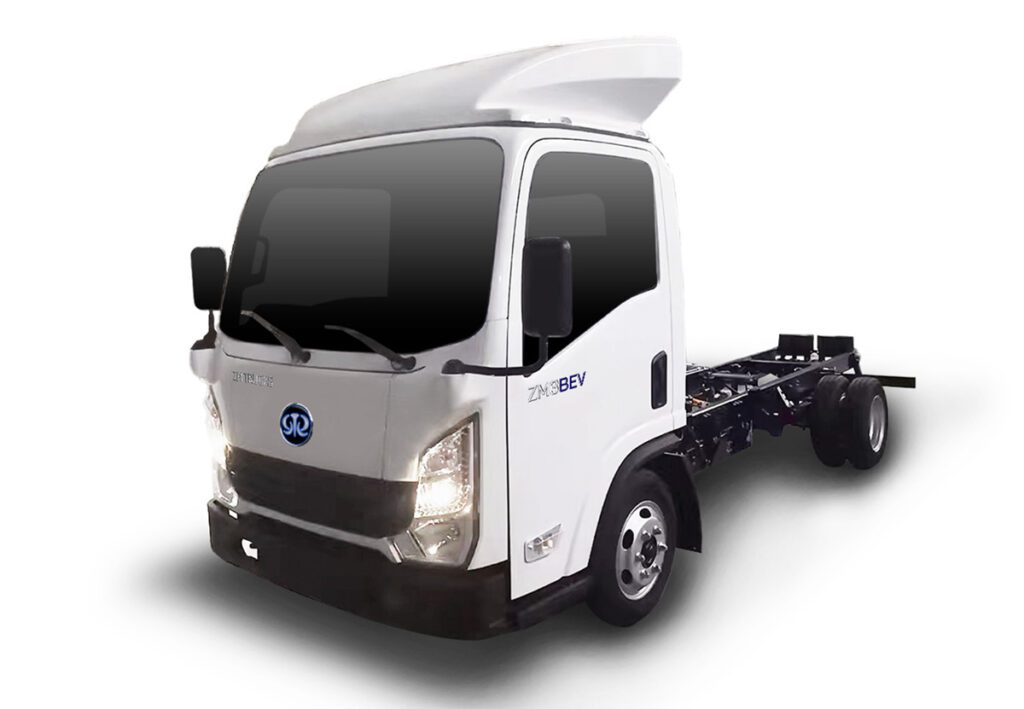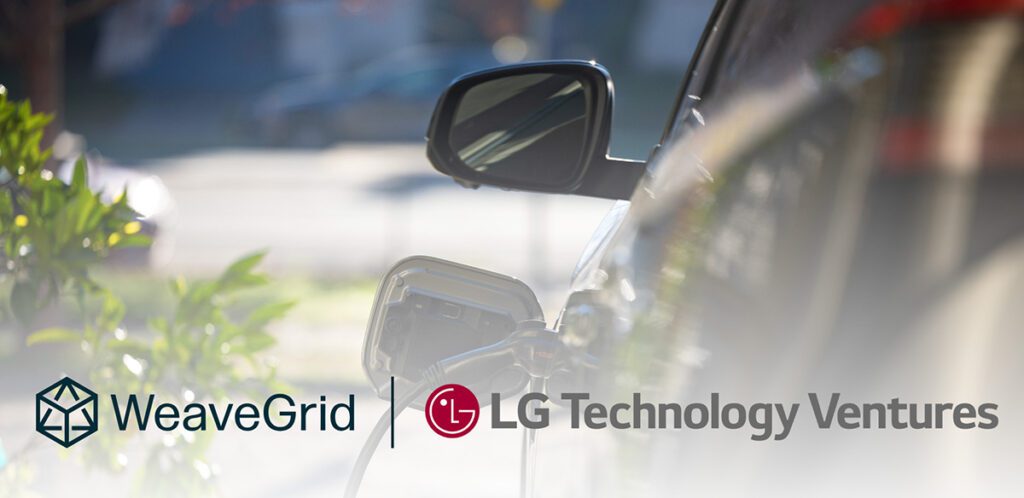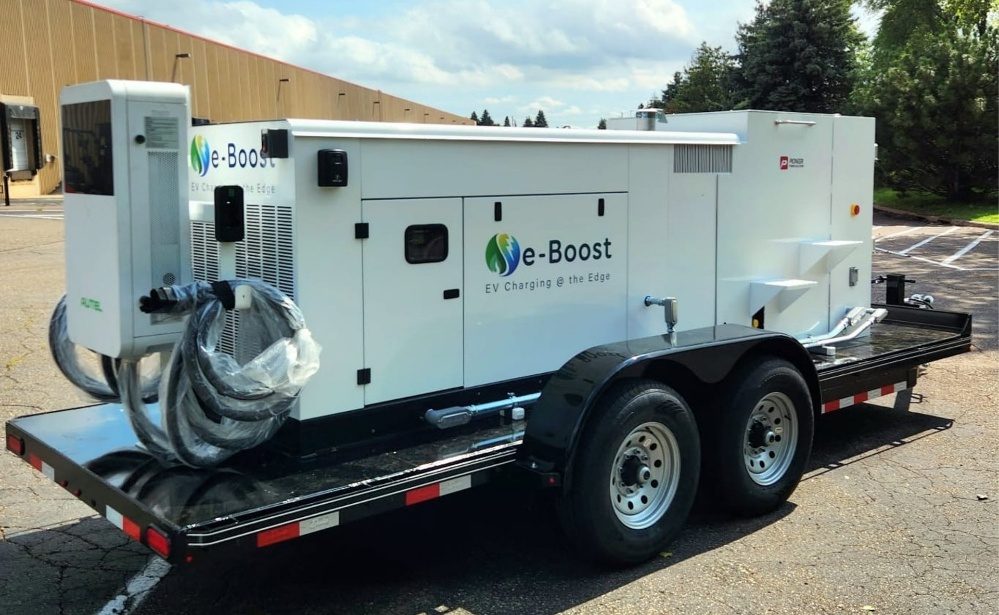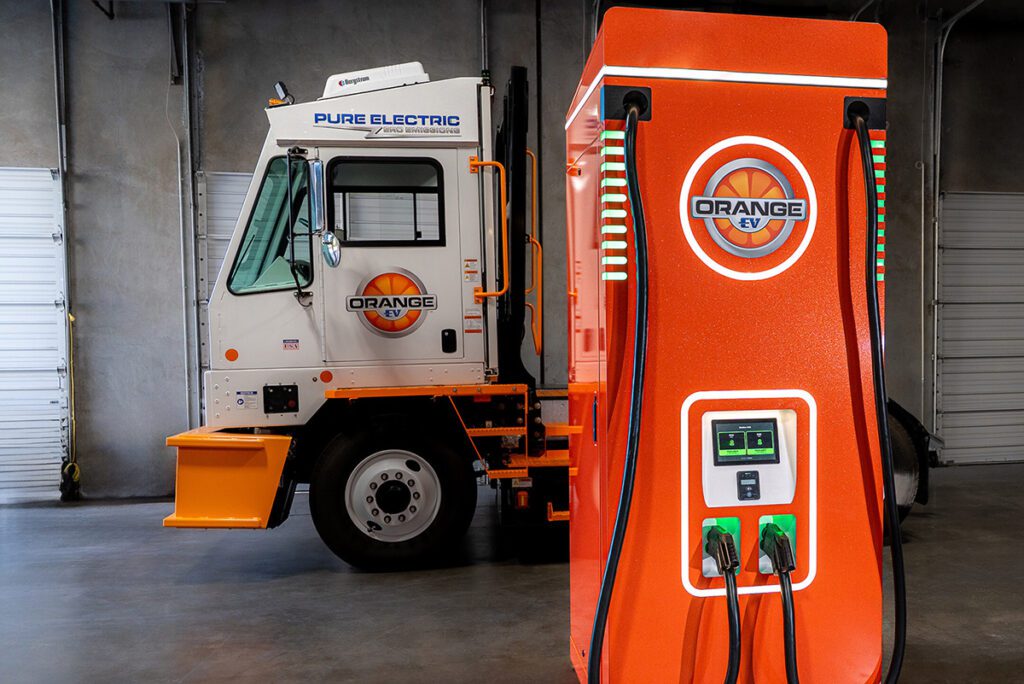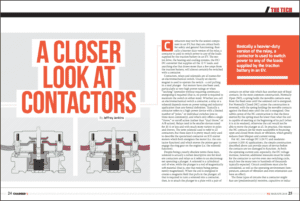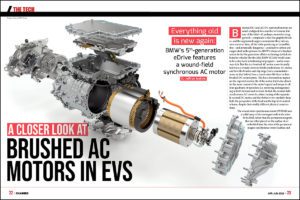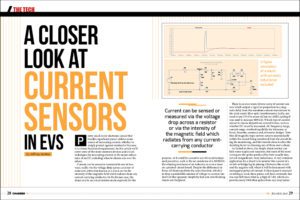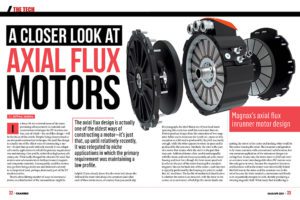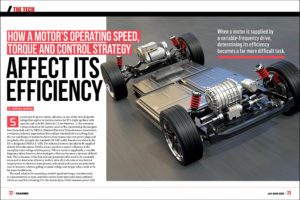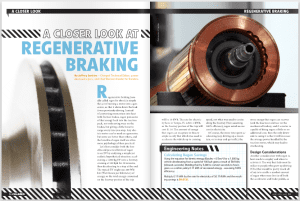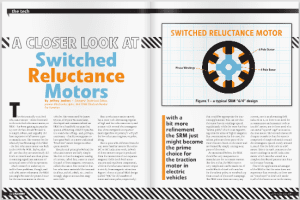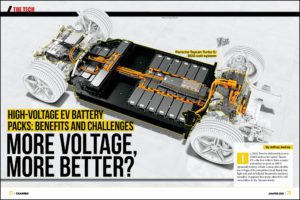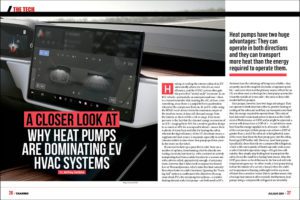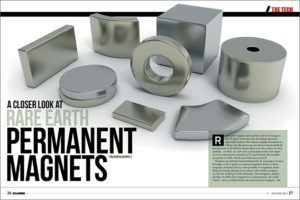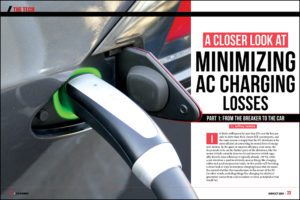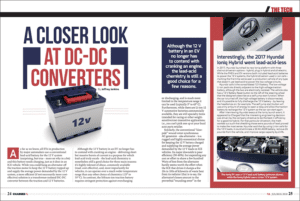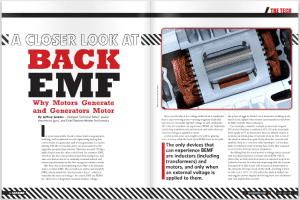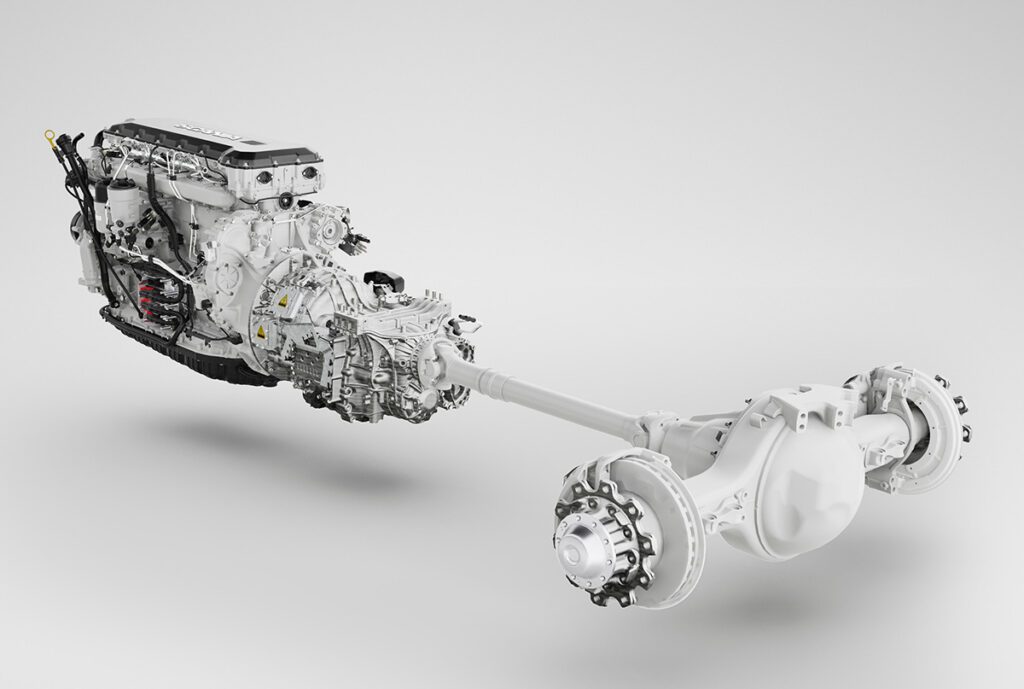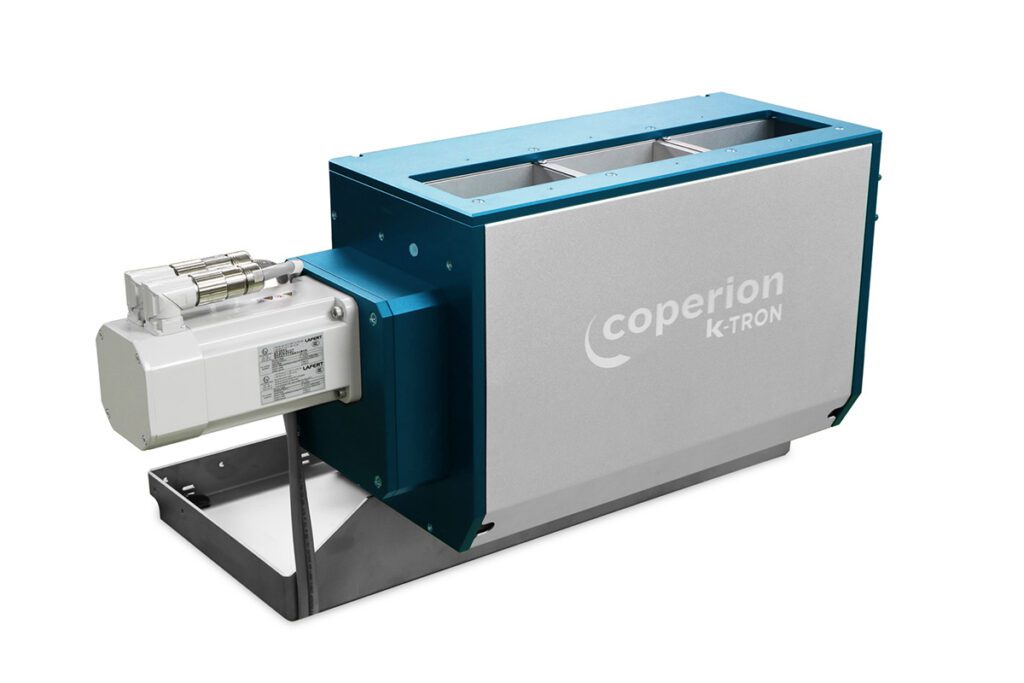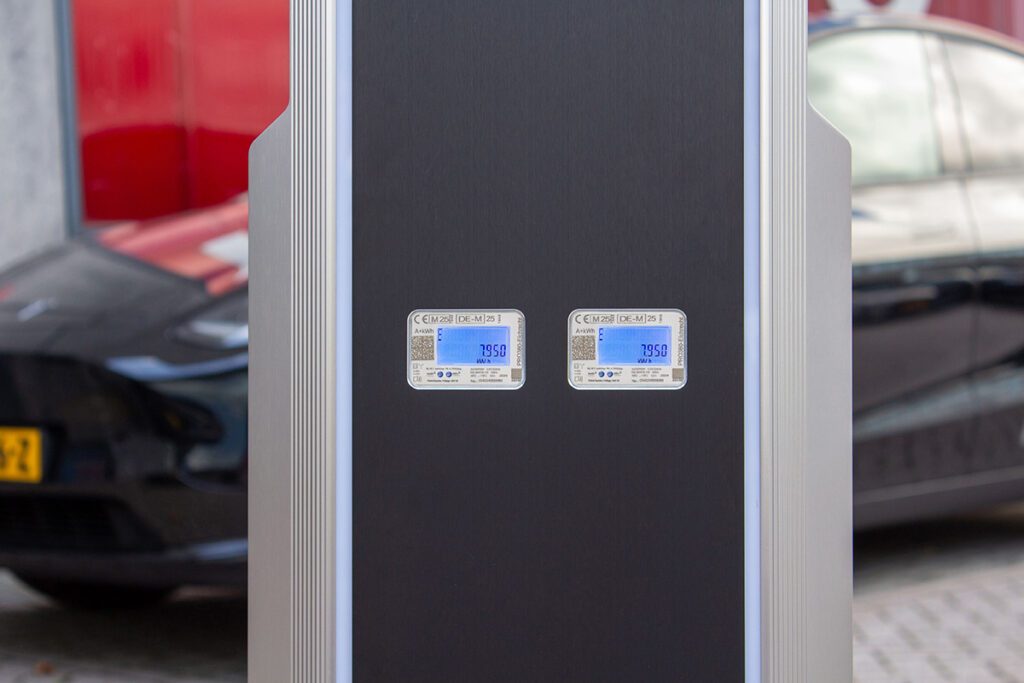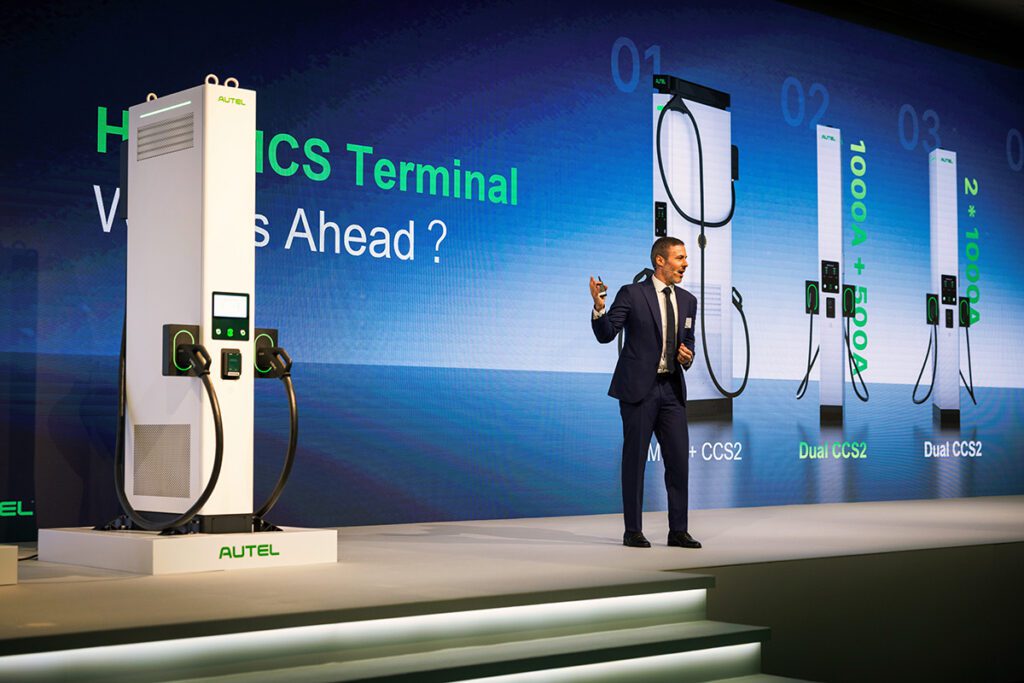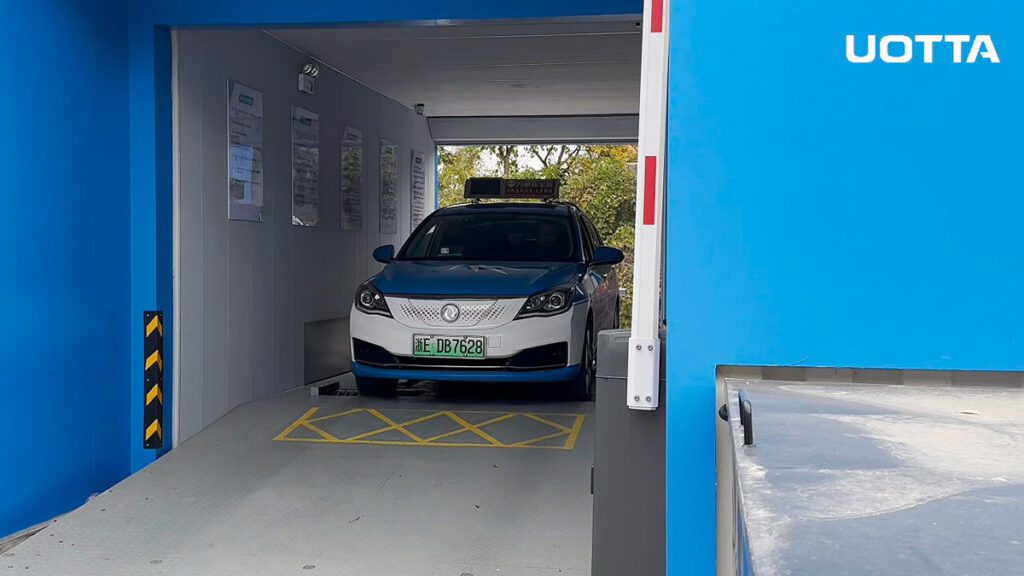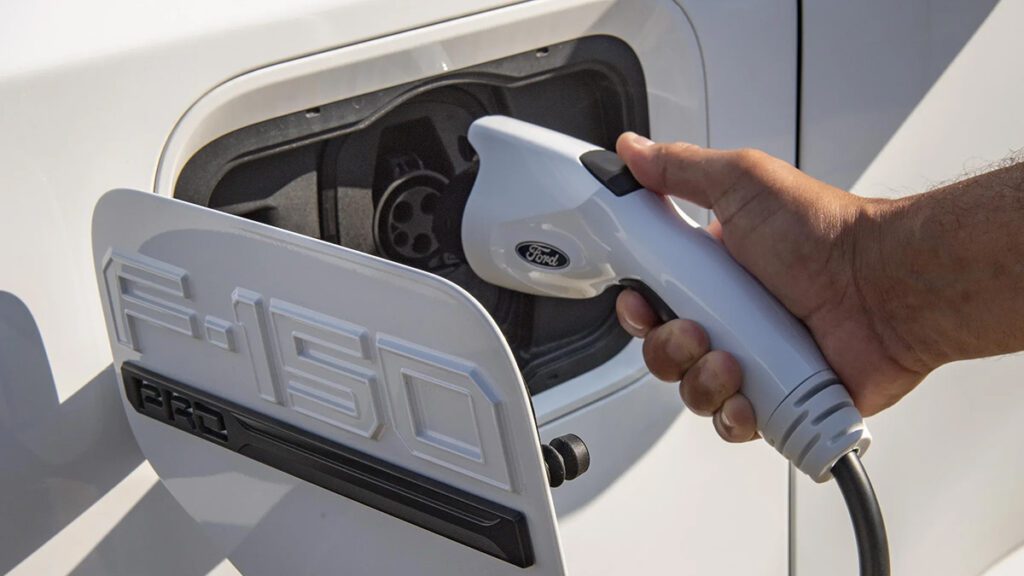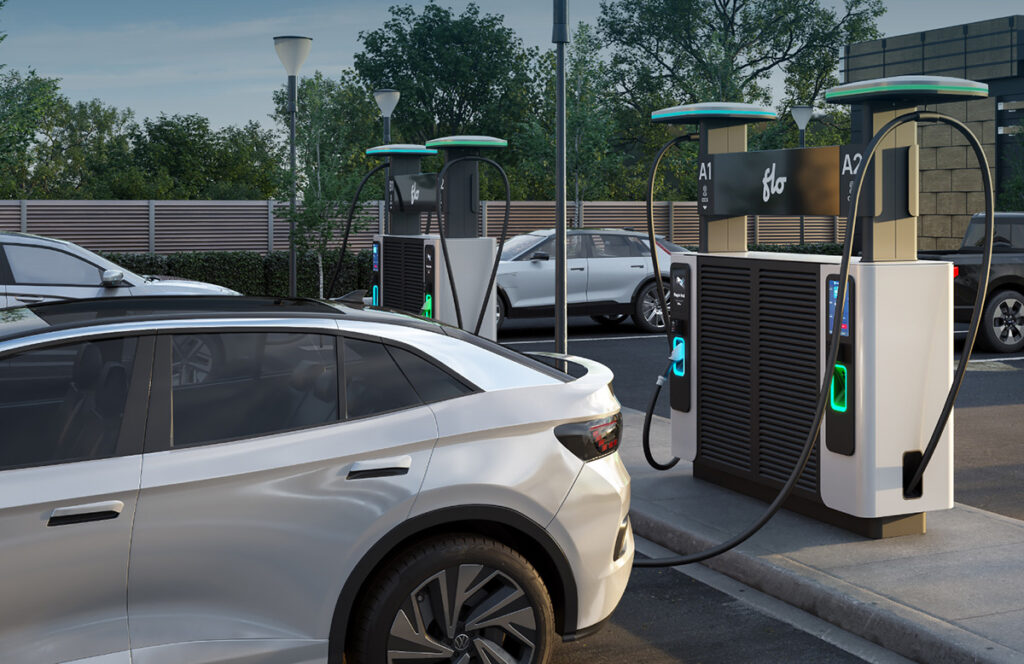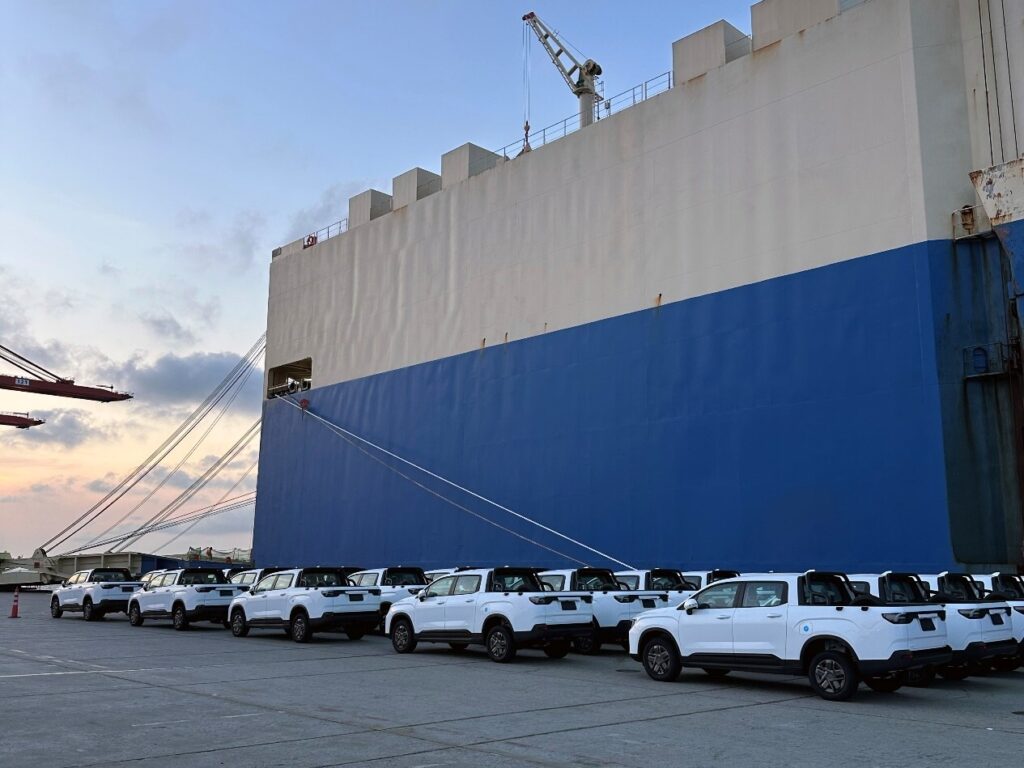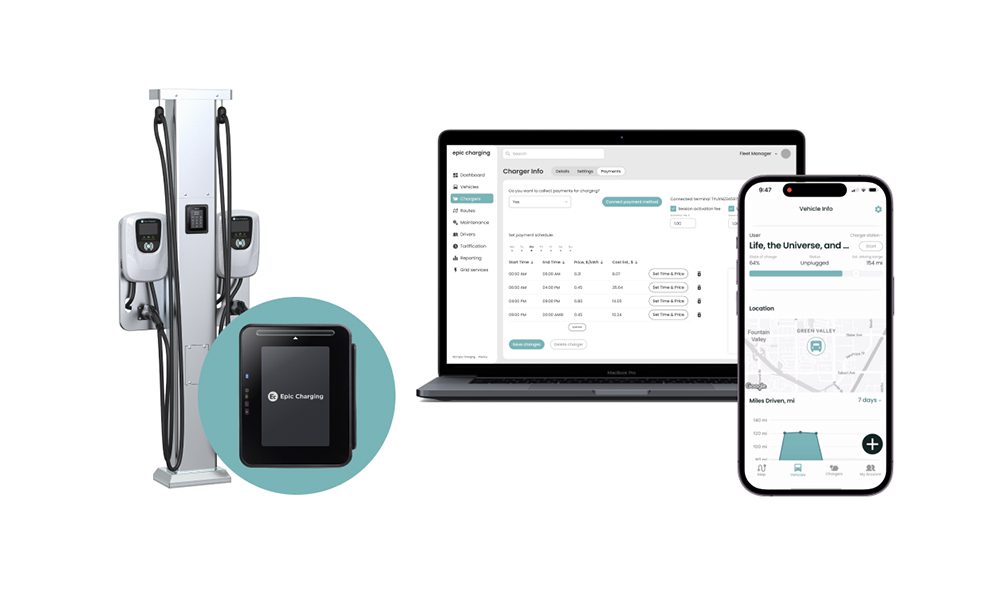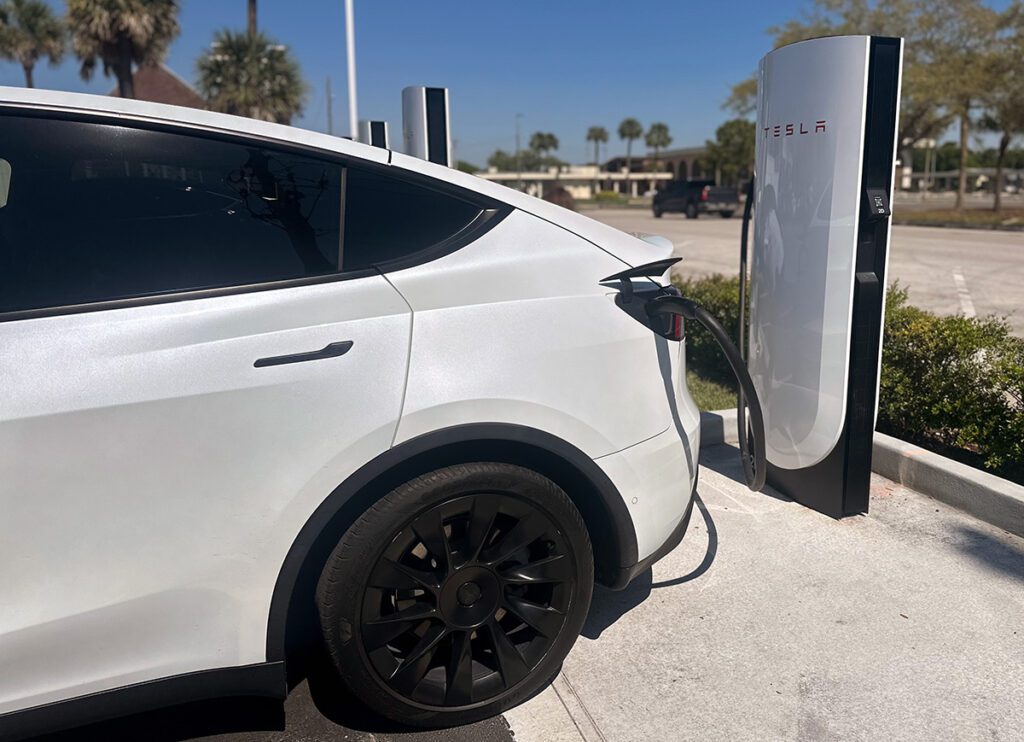A recent analysis from the DOE’s National Renewable Energy Laboratory (NREL) has confirmed the value of something that several automakers are already investigating: repurposing used EV batteries for stationary storage applications.
The NREL found that battery second use (B2U) strategies are capable of offsetting the costs of recycling vehicles at the end of their lives, while improving the stability of the utility grid.
“We not only confirmed that reusing batteries this way is feasible, we found that it has potential to deliver great benefits to automakers and utilities, as well as car owners,” said NREL Energy Storage Group Manager Ahmad Pesaran. “Our analysis showed that B2U is unlikely to significantly reduce the upfront cost of PEVs, but it will eliminate car owners’ end-of-service costs, like battery disposal or recycling, and could even provide a credit of as much as $1,000. The potential of integrating B2U energy storage with the electricity grid could be large with adoption from industry.”
NREL conducted techno-economic analyses, as well as laboratory and field testing, with the aim of better understanding battery degradation issues, the evolving energy storage scene, and the potential costs and benefits of battery reuse.
The researchers identified utility energy storage as the most promising application, with a relatively low expense and abundant battery supply. Most batteries will become available for second use at the end of the expected EV service life of 15 years. NREL studies show that these batteries can retain as much as 70% of their initial capacity, and continue to operate for another 10 years as energy storage for utilities.
The NREL found that regional repurposing facilities specializing in a single EV model could harvest and retrofit Li-ion batteries for second use at relatively low costs (less than $500 for today’s typical EV battery), while avoiding transportation expenses associated with nationwide battery collection.
To test its analysis findings, the NREL helped to establish an energy storage system consisting of multiple reused vehicle batteries on the campus of the University of California San Diego. The system uses both demand charge management and frequency regulation control algorithms, responding in real time to solar power production and facility load to reduce peak loads, or to the microgrid frequency to improve stability. The tests have confirmed that B2U systems can successfully accomplish both goals.
“We used batteries from two different manufacturers with distinct designs, characteristics, management systems, voltages, and capacities,” said Mike Ferry of the Center for Sustainable Energy, which operates the facility. “Even with these variables, the system has been operating successfully since late 2013.”
The NREL estimates that a critical mass of used EV batteries will become available beginning in 2030.
Source: National Renewable Energy Laboratory via Green Car Congress

